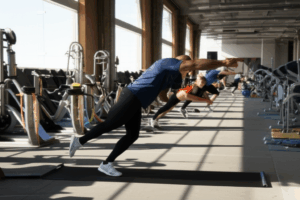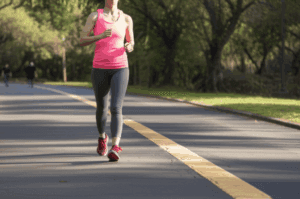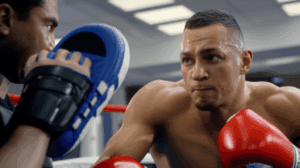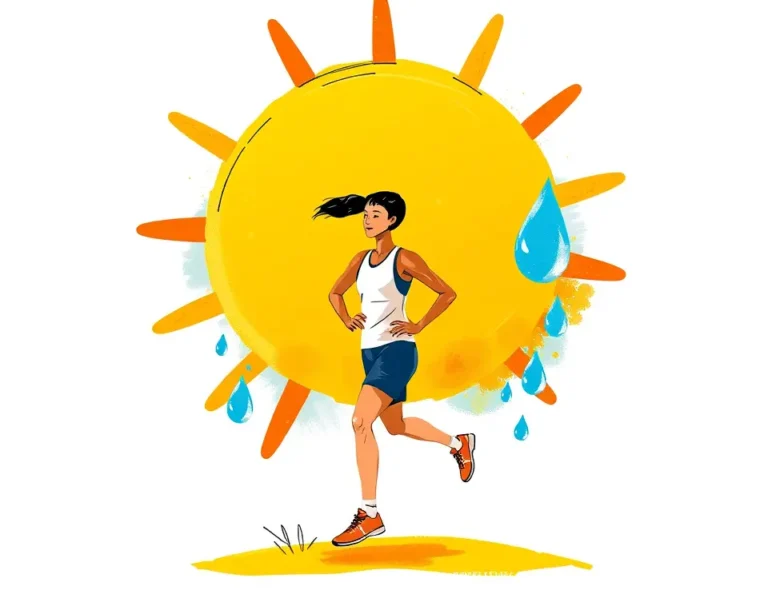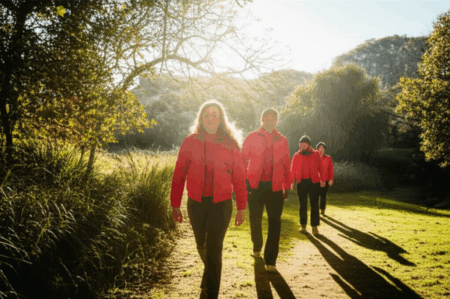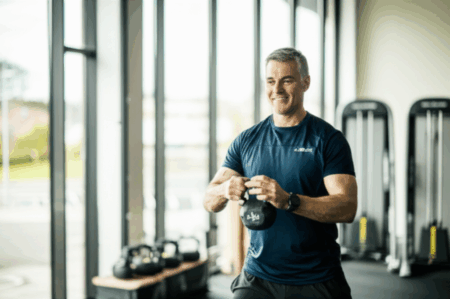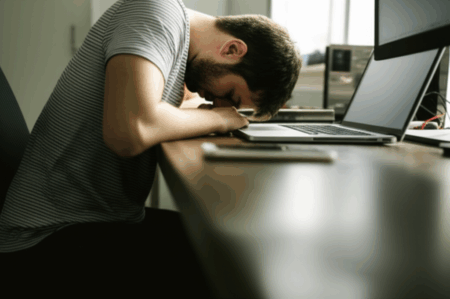Exercising outdoors offers numerous benefits, from boosted mood to increased vitamin D. However, when temperatures soar, it’s crucial to prioritize safety to avoid heat-related illnesses. Understanding how heat affects your body and taking the necessary precautions can help you stay active and healthy all summer long.
How Heat Impacts Your Body
When you exercise in hot weather, your body works harder to maintain a normal temperature. This can lead to:
- Increased strain on your cardiovascular system: Your heart pumps harder to circulate blood to your skin for cooling, increasing your heart rate.
- Dehydration: You sweat more to cool down, which can lead to significant fluid loss if not adequately replaced.
- Electrolyte imbalance: Sweating also causes you to lose essential electrolytes like sodium, potassium, and magnesium, which are crucial for muscle function and fluid balance.
- Increased anaerobic effort: Heat stress increases the amount of work your anaerobic system has to do, making your workout feel more difficult.
Timing is Everything: When to Exercise
One of the simplest ways to stay cool is to adjust your workout time.
- Early Mornings (5:00 AM – 8:00 AM): Temperatures are typically lower, and air pollution is minimal.
- Late Evenings (6:00 PM – 9:00 PM): The sun has begun to set, reducing the risk of heat-related illnesses.
- Avoid Peak Heat Hours: Stay out of the sun between 10 AM and 4 PM, when the sun’s rays are most intense. The hottest temperatures usually occur between noon and 3 p.m.
If you must exercise during midday, opt for indoor activities in air-conditioned facilities.
Pre-Workout Strategies for a Cooler Workout
Preparation is key to a safe and effective workout in the heat.
Acclimatize to the Heat
- Gradual Adaptation: Allow your body one to two weeks to adjust to higher temperatures before pushing yourself too hard. Begin with shorter, less intense workouts and gradually increase duration and intensity as you adapt.
- Consistent Exposure: Aim for 10 to 14 exposures to heat over a few weeks, combining active heat acclimatization (working out in the heat) and passive methods (sauna or hot tub after exercise).
- Monitor Your Body: Track outside temperatures and listen to your body’s warning signals.
Hydration is Key
- Pre-Hydrate: Drink water at least an hour before exercising. Aim to consume 16-20 fluid ounces of water 2-3 hours before your workout.
- During Workout: Drink 7 to 10 ounces of water every 10-20 minutes during your workout. For high-intensity activities, aim for 0.5 to 1 liter of water per hour of activity.
- Post-Hydrate: Continue hydrating after your workout to recover from fluid loss.
- Electrolytes: For workouts lasting longer than an hour, consider sports drinks to replenish lost electrolytes like sodium, potassium, and magnesium.
Dress for Success
- Light Colors: Wear light-colored clothing to reflect sunlight.
- Loose Fit: Choose loose-fitting clothes to allow for better air circulation.
- Breathable Fabrics: Opt for sweat-wicking athletic clothing like polyester, nylon or merino wool that allows your skin to perspire and cool. Avoid cotton, which traps heat and moisture.
- Sun Protection: Wear sunglasses with UV protection, a hat or visor, and plenty of sweat-resistant sunscreen with an SPF of at least 30.
Plan Your Route
- Shady Areas: Choose routes that offer plenty of shade, such as parks with trees or trails with cover.
- Water Access: Plan routes with water fountains or bring a water bottle.
- Shorter Loops: Opt for shorter circuits closer to home, so you can easily stop if needed.
During Your Workout: Listen to Your Body
Pay attention to how you feel and adjust your activity accordingly.
Modify Your Workout
- Adjust Intensity: Reduce your workout intensity to avoid overexertion. If you can’t adjust the time, lower the intensity.
- Take Breaks: Take frequent breaks in the shade to cool down.
- Cooling Towel: Use a cooling towel around your neck, under your arms, or on your forehead.
- Misting Fan: Use a misting fan to help lower your body temperature.
Recognize the Signs of Heat-Related Illnesses
- Heat Cramps: Muscle pain or spasms, usually in the legs or abdomen.
- First Aid: Apply firm pressure or gently massage cramping muscles, give sips of water, and seek medical attention if cramps last longer than 1 hour.
- Heat Exhaustion: Heavy sweating, weakness, dizziness, headache, nausea, cool and clammy skin, fast and weak pulse.
- First Aid: Move to a cooler environment, loosen clothing, apply cool, wet cloths, offer sips of water, and seek medical attention if symptoms worsen or last longer than 1 hour.
- Heat Stroke: Throbbing headache, confusion, slurred speech, nausea, dizziness, body temperature above 103°F, hot and dry skin, rapid and strong pulse, fainting, loss of consciousness.
- First Aid: Call 911 immediately, move the victim to a cooler environment, reduce body temperature with cool cloths or a bath, and do not give fluids.
What to Do If You Experience Heat-Related Symptoms:
- Stop Exercising: Immediately cease all activity.
- Hydrate: Sip water or suck on ice cubes.
- Cool Down: Move to the shade or indoors, douse yourself with cold water, and apply cold, wet cloths to the neck, groin, and armpits.
- Seek Medical Attention: If your condition doesn’t improve or gets worse, seek medical help.
Post-Workout Recovery: Cool Down and Replenish
Proper recovery is essential after exercising in the heat.
Rehydrate
- Drink Cold Water: Replenish fluids lost during exercise.
- Electrolyte Drinks: Consider electrolyte-rich beverages to restore electrolyte balance.
- Avoid Caffeine and Alcohol: These can lead to dehydration.
Cool Down
- Cold Compress: Apply a cold compress or ice to pressure points like your neck, inner elbows, and behind the knees.
- Chilled Towel: Drape a chilled or iced towel around your head, neck, or chest.
- Cold Water Immersion: Dunk your feet in cold water up to your ankles.
Healthy Snacks
- Chilled or Frozen Fruit: Enjoy refreshing and hydrating snacks.
- Fruit Smoothies: Blend fruits for a cool and nutritious treat.
- Cold Salads: Load up on vegetables, beans, and lean proteins.
Additional Tips for Specific Activities
Swimming
- Stay Hydrated: Take frequent breaks to hydrate, even if you don’t feel thirsty.
- Electrolytes: Replenish electrolytes with water or sports drinks.
Hiking
- Plan Ahead: Have a good meal before your hike.
- Pack Essentials: Take plenty of water and a wide-brimmed hat.
- Pace Yourself: Don’t push your limits and take breaks when needed.
Team Sports
- Monitor Teammates: Keep an eye on each other for signs of heat-related illness.
- Increase Fluid Intake and Rest Times: Adjust fluid intake and rest times to account for heavy equipment and intense activity.
Who Should Take Extra Precautions?
Certain populations are more susceptible to heat-related illnesses.
- Infants and Children: Remind children to drink plenty of fluids.
- Older Adults: Older adults are at a higher risk and should be extra cautious.
- People with Chronic Diseases: Individuals with diabetes, cardiovascular disease, or other chronic conditions should consult their doctor before exercising in the heat.
- People Taking Certain Medications: Some medications can make hot weather more dangerous.
- Overweight Individuals: People with larger bodies may be more affected by exercising in hot weather.
- Pregnant Women: Pregnancy increases the risk of heat-related issues.
When to Stay Indoors
There are times when it’s simply not safe to exercise outdoors.
- High Temperatures: Avoid exercising outside if the temperature is above 90 degrees Fahrenheit.
- Extreme Heat Index: Check the National Weather Service Heat Index and stay indoors if it’s in the red zone.
- Poor Air Quality: Check local air quality reports before exercising.
If you can’t tolerate the heat, find indoor locations like gyms, shopping malls, or community centers. Consider activities you can do at home, like online exercise videos or active housework.
By following these guidelines, you can enjoy the benefits of outdoor exercise while minimizing the risks associated with high temperatures. Remember to listen to your body, stay hydrated, and take precautions to ensure a safe and healthy workout experience.

